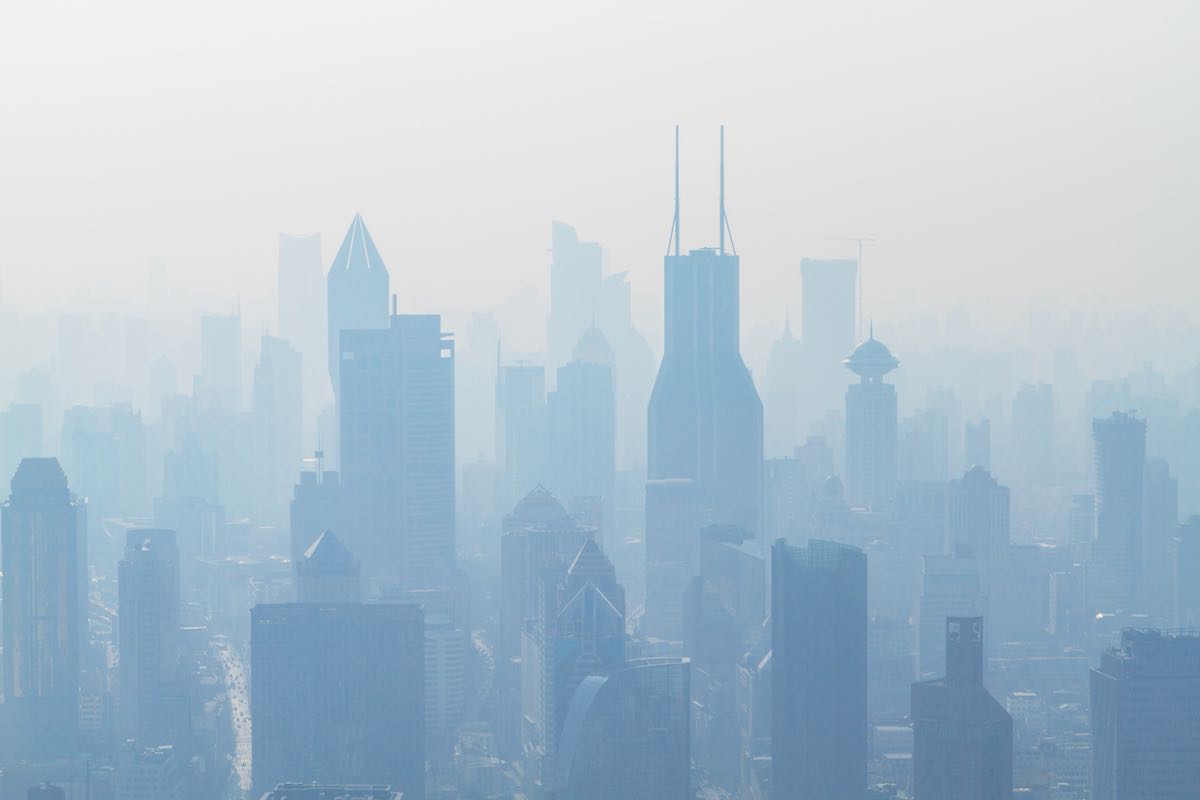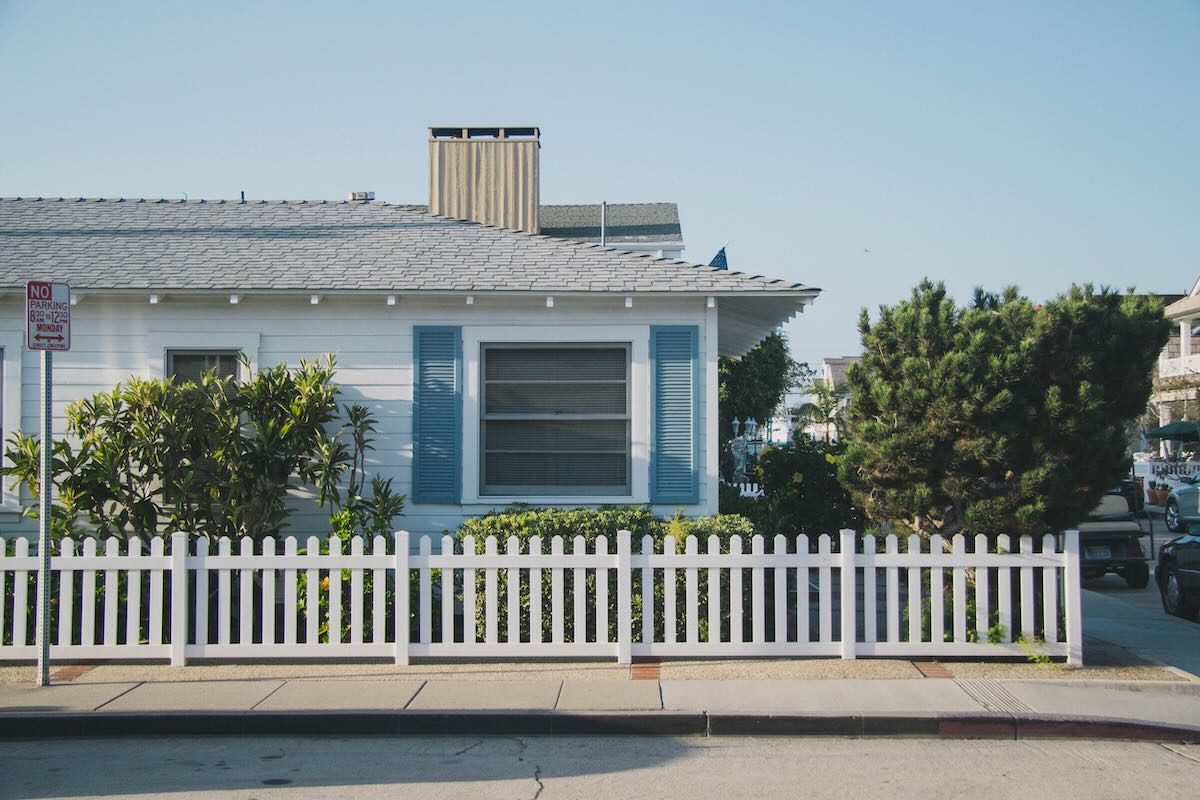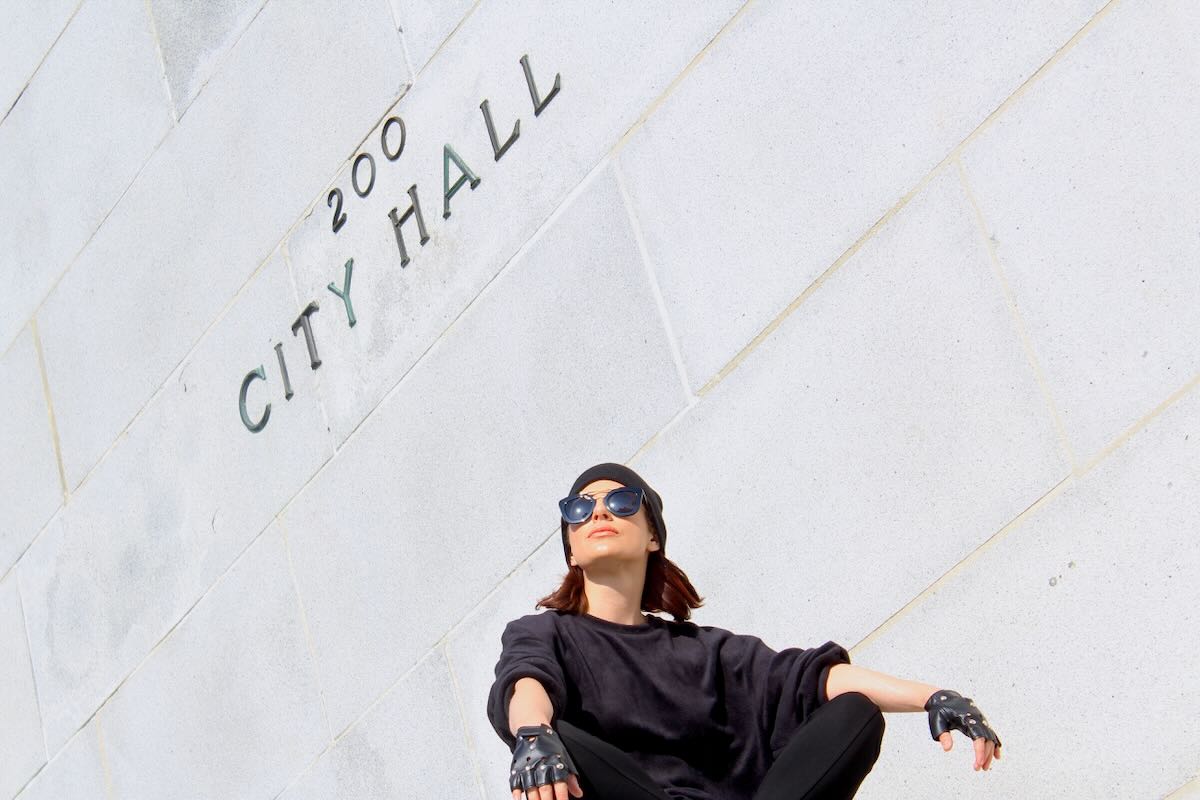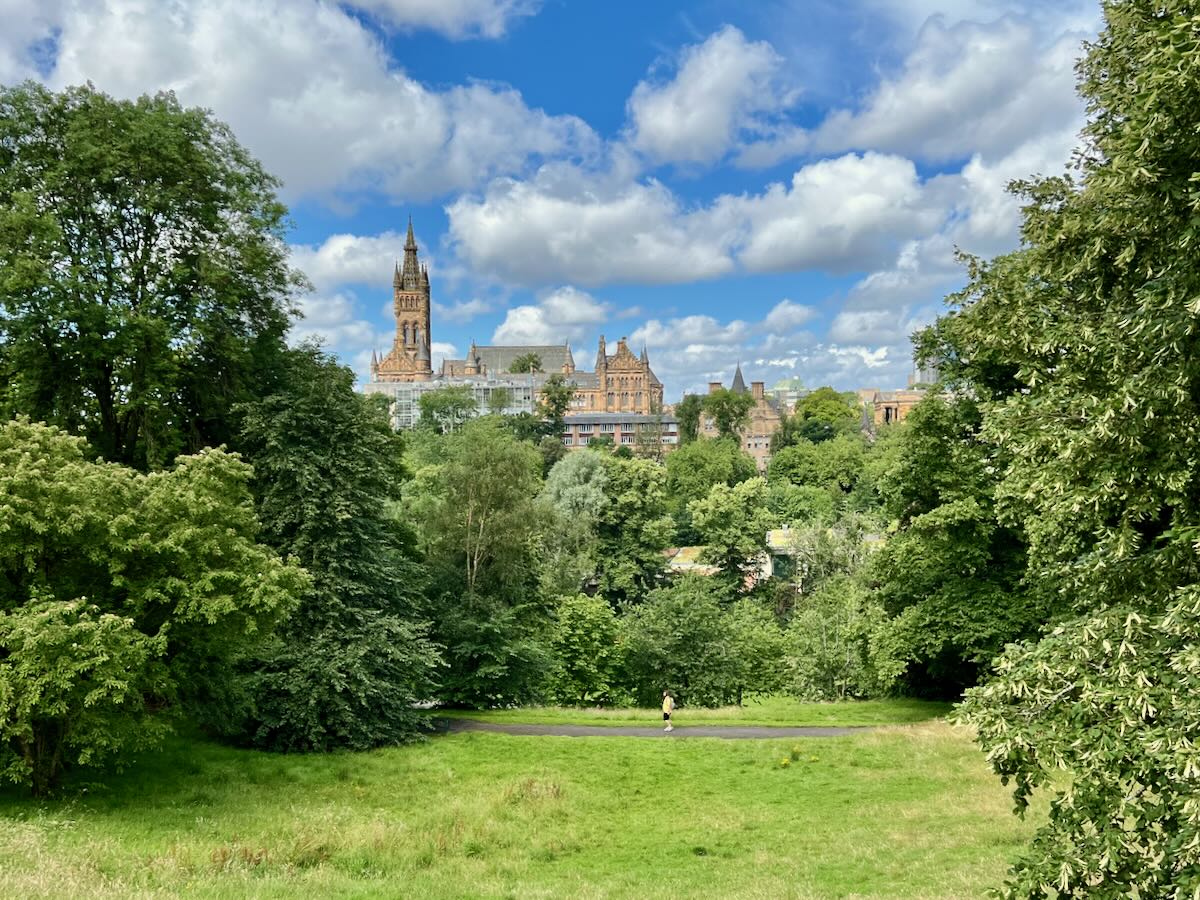Arcades and Public Loos, Issue 17
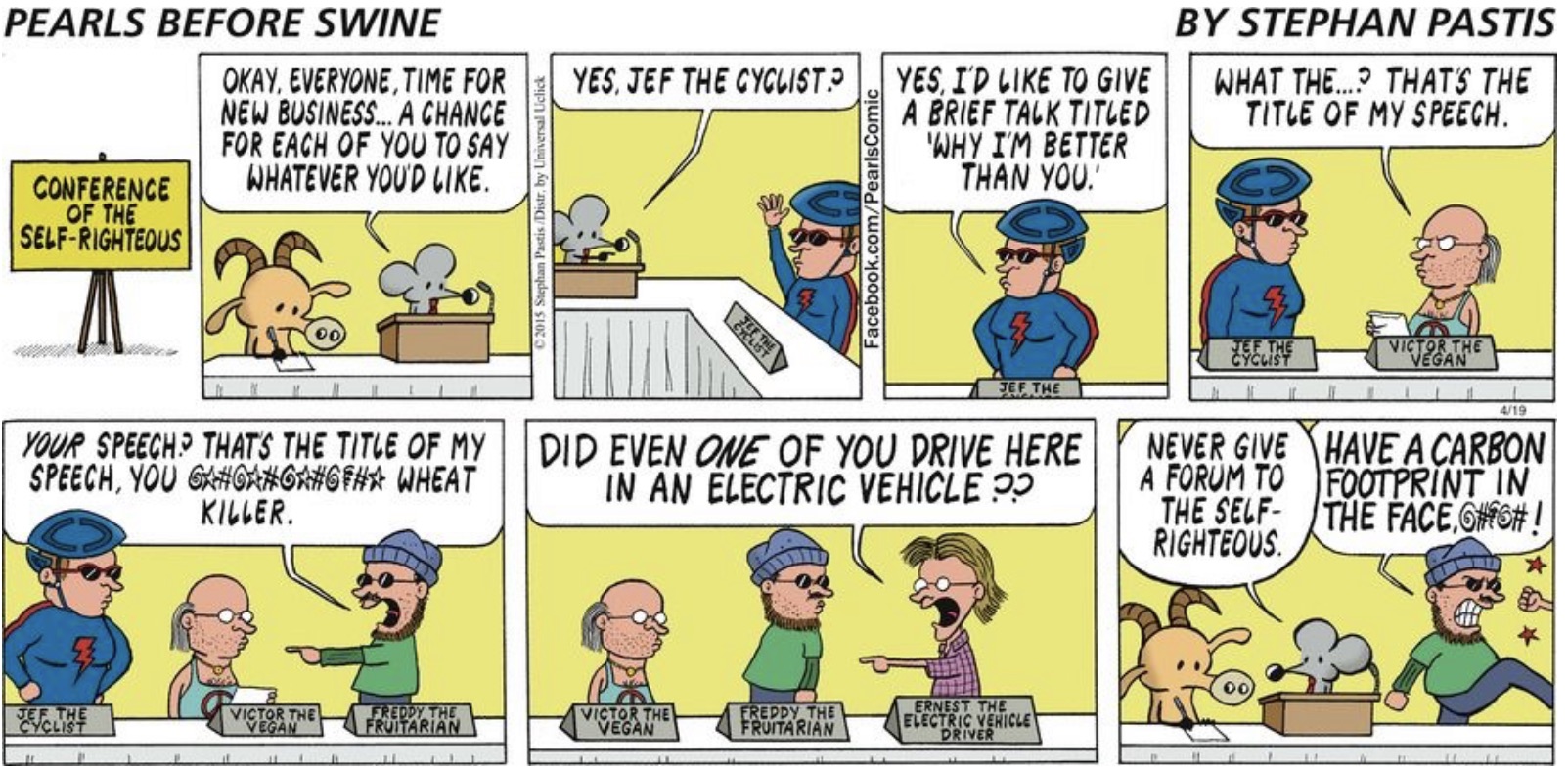

I have resisted getting involved in the “car versus bicycle versus pedestrian and public transit” conversation that has been amplified this summer as cities struggle to find ways to lure people back to city centres. Development of temporary cycle paths and the closure of streets to traffic to allow for more pedestrian traffic and alfresco dining has caused a lot of controversy in Montréal as well as in many other cities around the world. I do intend to write a number of newsletters on urban development and will eventually be drawn into the great mobility debate but for now I would like to talk about arcades and public washrooms.
That would be arcades as in covered sidewalks, not emporia for playing video games or pinball. The two cities that I have visited with the most extensive networks of arcaded sidewalks are Bologna and Torino. Bologna has 38 kilometres of arcaded streets and Torino has 18 kilometres, 12.5 of which are interconnected. There are many advantages to arcades:

- Shade from the hot sun and shelter from the rain
- Reduction of sidewalk snow and ice in the winter
- Open air space cannot provide relief from minus 25c temperatures or a plus 40c humidex but arcades provide some heat trap benefits in winter and shade reduces effective temperatures by up to 10c in summer.
- Possibility of increased density in the public domain, in the pictures see how space is built out over the sidewalks
- A source of revenue for municipalities from sale or rental of the airspace over sidewalks and increased real estate taxes from the area built above the arcades
- Enhancement of street life
Imagine beautiful arcaded buildings all along Ste-Catherine Street in Montreal, Robson in Vancouver, or the shopping streets of Yorkville in Toronto. It is a little late for those areas unless whole blocks are redeveloped but there is a short stretch of Peel Street just between the H&M store at the corner of Ste-Catherine and Cypress that needs to be demolished and rebuilt. Maybe there could be an arcade that would mirror the one on the South side of the Dominion Square Building. There would be more people walking, shopping, and dining for a longer period all along this stretch and it would be a fitting compliment to Dorchester Square. There are probably other likely opportunities.

While there can be a debate about the most convenient way to access the city centre but almost everyone will agree that it will be easier to keep shoppers and visitors in the downtown core if there are many great public washrooms that are clean, smell good, and feel safe to use. We are all subjects of the urinary leash—a sociological euphemism for the distance one can venture from their home before returning because they have to use the toilet—has been cut for many people by the closures and lockdowns of the pandemic. fastcompany – beautiful places to pee

Many cities have extensive public washroom networks but they are often closed, impossibly dirty, and dangerous but they don’t need to be. Japan is famous for toilets and the Tokyo Toilet Project is redesigning and rebuilding public washrooms at 17 different locations and ensuring cleaning and maintenance. https://tokyotoilet.jp/en/ I like the public washrooms in Europe where there is a full time attendant that makes sure the facilities are clean and supervised. I am happy to pay the relief fee and to tip the attendant for a clean, sweet smelling washroom.
In the 1960s there were underground public washrooms at Philips Square and there were the little buildings like the one shown above in many of Montréal’s parks. You can buy sandwiches and coffee at the re-purposed washroom on Dorchester Square. Doesn’t that make sense? You can buy coffee, a diuretic, but there is nowhere to pee. There are twelve high tech public washrooms that are (to be) sprinkled around downtown. This may be a start but they are expensive and difficult to maintain. The “to be” is in brackets because I couldn’t tell you where there is one.

The Hull mens washroom shown above that was built in either Victorian or Edwardian Britain is a startling example of the importance given to public washrooms in the past. We don’t need anything as elaborate as this but cities do need something. Can we not come up with a better plan to extend the urinary leash? I know that upkeep is a major consideration but maybe all-gender bathrooms would be easier to build and easier to maintain. No Place To Go: How Public Toilets Fail Our Private Needs by Leslie Howe and many other articles underline the fact that there are simply not enough places to pee.
The same reminders: Shop local, support local businesses, buy from local farms, and support local artisans and manufacturers. As always, wear face masks as required, wash your hands, practice social distancing, hydrate, and exercise.
